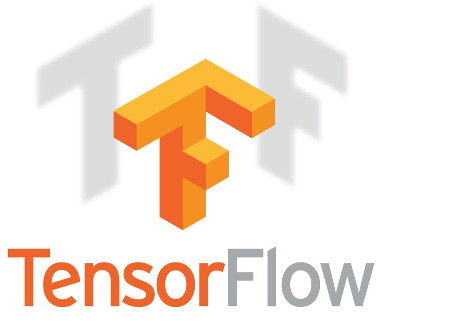Getting started with Recurrent Neural Networks
In some previous tutorials, we learned how to build image classifiers using convolutional neural networks or build object detectors using CNNs. In both examples, all the information required to identify the dog or cat is present in the image. However, there are many use-cases where the current prediction not only depends on the current input […]
Continue ReadingEfficientNets: The Free lunch of 2019 for convolutional neural networks
Neural network architecture design is one of the key hyperparameters in solving problems using deep learning and computer vision. Various neural networks are compared on two key factors i.e. accuracy and computational requirement. In general, as we aim to design more accurate neural networks, the computational requirement increases. The term ‘Efficient’ in Efficient Net strongly […]
Continue ReadingReal time deep learning based face detection with MTCNN
Today, we are going to use deep learning to detect faces in images and videos using Tensorflow. You guys might have seen a lot of demos of face detection online. Most of these demos or projects are built using Haar cascade in OpenCV. Haar cascades have a lot of issues when applied to real-world videos. They […]
Continue ReadingDetailed Guide to Understand and Implement ResNets
ResNet is one of the most powerful deep neural networks which has achieved fantabulous performance results in the ILSVRC 2015 classification challenge. ResNet has achieved excellent generalization performance on other recognition tasks and won the first place on ImageNet detection, ImageNet localization, COCO detection and COCO segmentation in ILSVRC and COCO 2015 competitions. There are […]
Continue ReadingDeveloper Guide to Key Differences between Python 2 and 3
The Python 3 programming language was released in December 2008 and served as the next version intended to improve upon and replace Python 2. It introduced many syntactic revisions along with a much larger standard library to improve Python’s usability and programming experience. Due to these changes, Python 3 is not directly backward compatible with […]
Continue Reading



